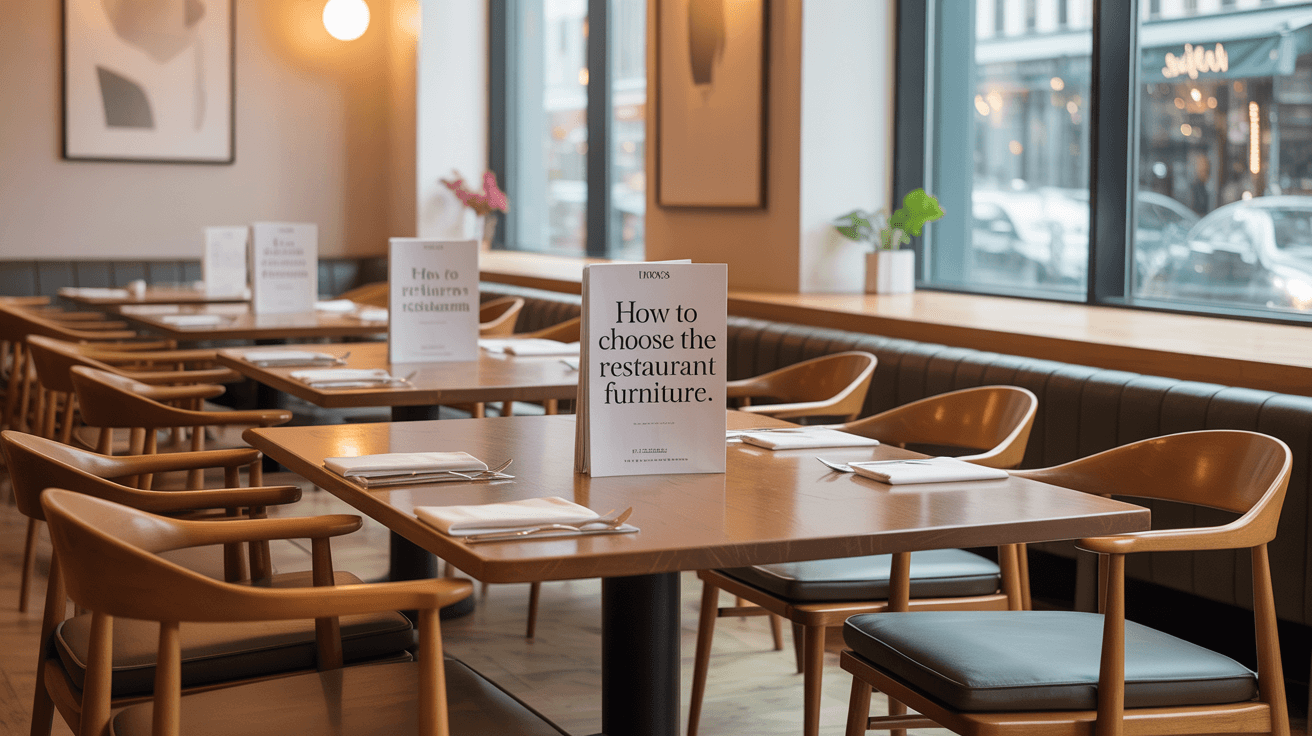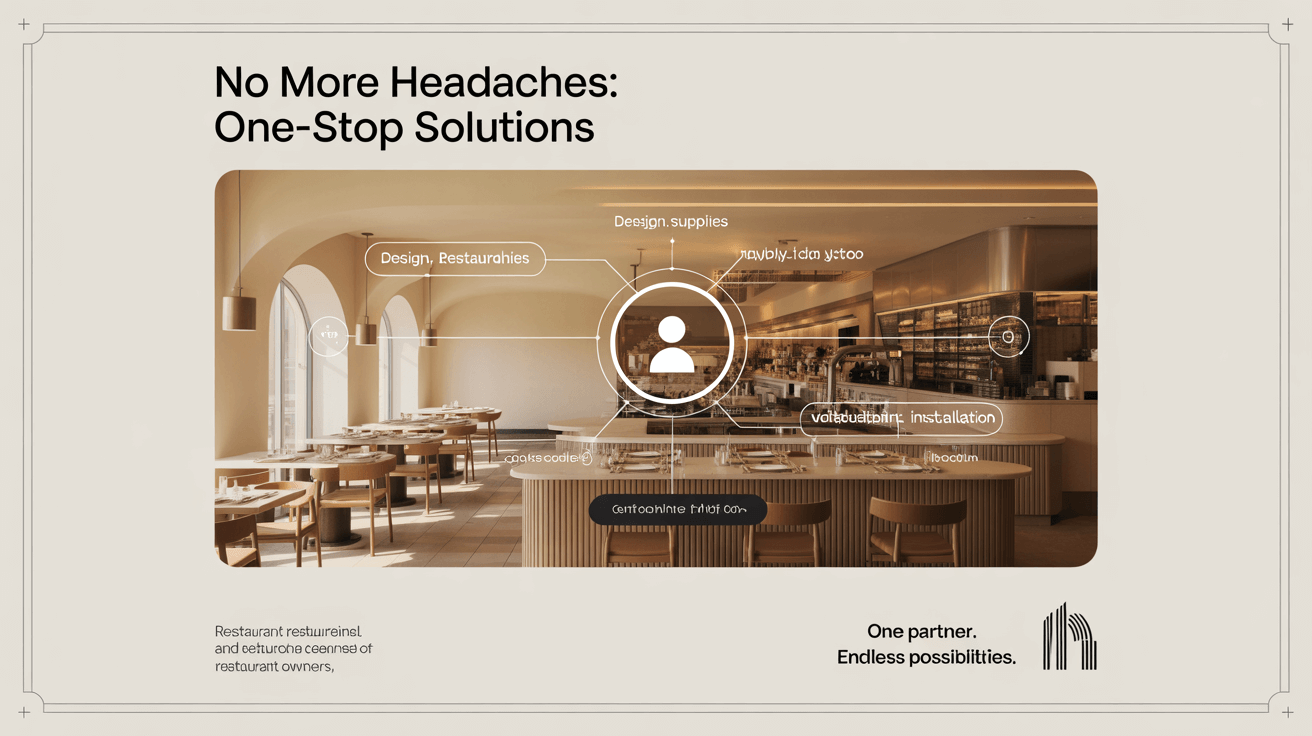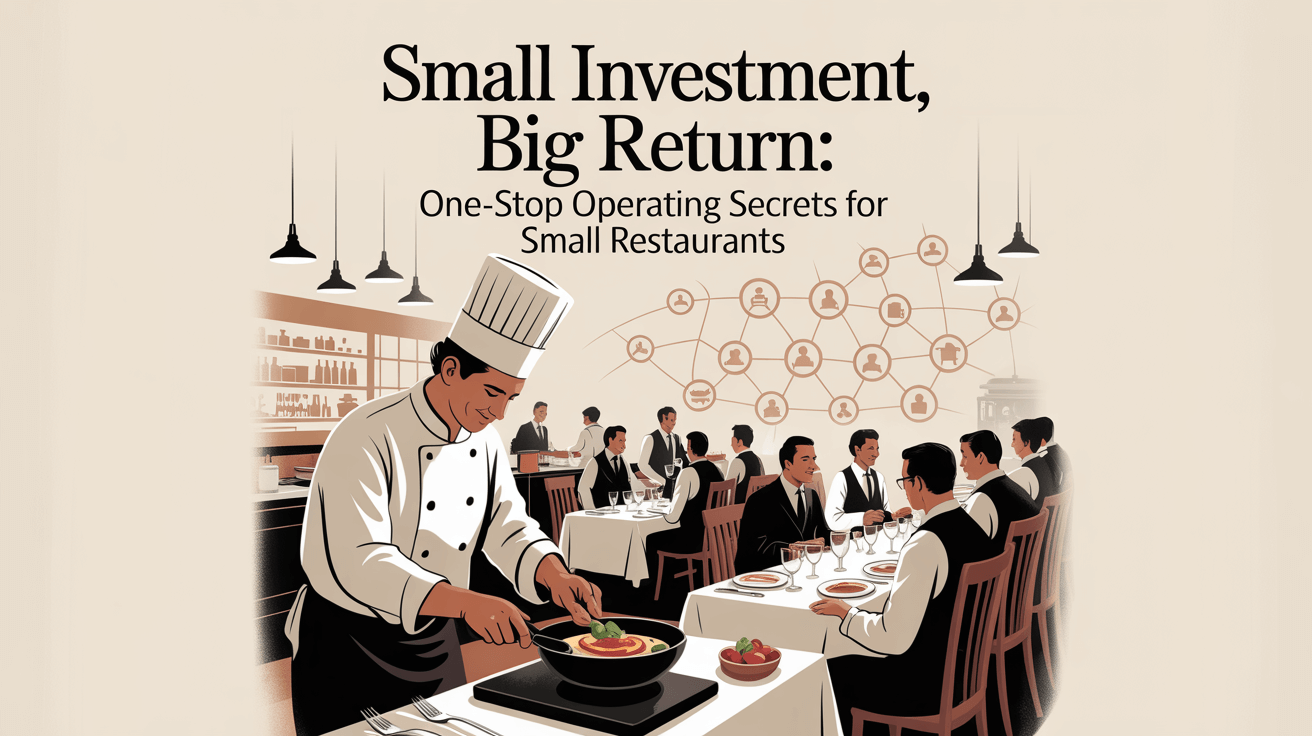How to Choose the Perfect Restaurant Furniture for Your Dining Space walks you through planning, selection, and sourcing so you create inviting seating that fits your brand and budget. But here’s the kicker… the right choices delight guests and drive profits.
1. Assess Your Layout and Traffic Flow
● Measure floor plan and service paths
● Note peak-hour congestion points
● Map entry, exit, and service aisles
● Identify focal seating zones
Ready for the good part? a clear layout prevents costly refits.
| Element | Recommendation |
|---|---|
| Aisle Width | 36″–48″ |
| Table Zones | 60″ clearance |
2. Define Your Brand and Aesthetic
● Choose colors aligned with theme
● Balance hard surfaces with cushions
● Test sample fabrics and finishes
● Ensure consistency across pieces
What’s the real story? cohesive style boosts perceived value.
3. Determine Seating Capacity Goals
● Calculate desired seat count per area
● Factor table spacing for comfort
● Plan for peak versus off-peak needs
● Reserve space for special events
This is where it gets interesting… capacity drives revenue potential.
4. Select Materials for Durability
● Hardwood or steel frames for strength
● High-density foam resisting sag
● Abrasion-rated upholstery fabrics
● Easy-clean finishes for busy venues
But here’s the kicker… durable materials slash replacement costs.
| Material | Benefit |
|---|---|
| Steel Frames | High load capacity |
| Abrasion Fabrics | 50K+ double rubs |
5. Choose Comfortable Ergonomics
● Seat height of 17″–19″ for guests
● Seat depth of 18″–20″ supports posture
● Backrest angle of 95°–100° for comfort
● Include lumbar or cushion options
Ready for the good part? ergonomic seating extends dwell time.
6. Balance Custom versus Standard
● Use custom pieces sparingly for impact
● Standard modules cut costs and lead times
● Negotiate minimal alteration fees
● Phase custom builds over time
What’s the real story? selective custom keeps budgets in check.
7. Match Table Styles and Sizes
● Round tables for small groups
● Rectangular for efficient layouts
● Heights of 28″–30″ align with seating
● Consider adjustable or drop-leaf tops
This is where it gets interesting… correct tables ease service flow.
| Table Type | Ideal Use |
|---|---|
| Round 36″ | 4 seats |
| Rectangular 30×48 | 6 seats |
8. Plan for ADA and Code Compliance
● Maintain 36″ aisles for wheelchair access
● Provide 27″ knee clearance at tables
● Ensure stable, non-tip seating
● Use fire-rated upholstery materials
But here’s the kicker… code adherence avoids fines and rework.
9. Source Reliable Suppliers
● Vet BIFMA or ISO–certified vendors
● Request showroom visits or samples
● Read peer reviews and testimonials
● Check warranty and service terms
Ready for the good part? reliable sourcing prevents headaches.
10. Compare Quotes and Terms
● Get three detailed proposals
● Compare unit, freight, and install costs
● Factor in payment and deposit terms
● Leverage volume discounts
This is where it gets interesting… apples-to-apples quotes reveal true value.
| Quote Element | Key Check |
|---|---|
| Unit Cost | Material vs. labor split |
| Freight Fees | Distance and weight |
11. Plan Delivery and Installation
● Choose white-glove versus curbside
● Coordinate timing with contractors
● Confirm site access and clearances
● Schedule on-site supervision
What’s the real story? smooth install keeps opening on track.
12. Inspect and Adjust on Arrival
● Check for damage or defects
● Verify correct models and quantities
● Test stability and comfort
● Document and request replacements
But here’s the kicker… prompt QA triggers fast fixes.
| Inspection Step | Action Required |
|---|---|
| Damage Check | Visual inspection |
| Function Test | Load and stability |
13. Train Staff on Care and Maintenance
● Teach cleaning protocols per material
● Schedule quarterly hardware checks
● Log wear and report damage
● Keep spare parts on hand
Ready for the good part? trained staff extend furniture life.
14. Plan Phased Upgrades and Refreshes
● Rotate worn sections first
● Mix new with existing stock
● Budget refresh cycles every 3–5 years
● Leverage trade-in credits
This is where it gets interesting… phased updates smooth budgets.
| Strategy | Savings Estimate |
|---|---|
| Volume Discounts | 10–20% off |
| Trade-In Credits | Up to 20% back |
15. Track ROI and Refine Strategy
● Measure cost per seat over lifespan
● Compare maintenance vs. replacement spend
● Survey guest feedback on comfort and style
● Update specs based on performance data
What’s the real story? ROI insights sharpen future buys.
Conclusion
By following these 13 essential steps—assessing needs, defining style, vetting suppliers, and tracking ROI—you’ll choose restaurant furniture that impresses customers and stretches your budget. Apply this guide to furnish spaces that elevate dining experiences and drive profitability.
FAQ
Q1: What’s the ideal seat height?
Aim for 17″–19″ to suit most adult guests.
Q2: How many quotes should I get?
Request at least three to compare costs and terms.
Q3: Should I inspect on delivery?
Yes—prompt inspection triggers repairs before opening.
Q4: How often refresh furniture?
Plan phased updates every 3–5 years based on wear.
Q5: Can bulk orders secure discounts?
Absolutely—volume buys often unlock 10–20% savings.






